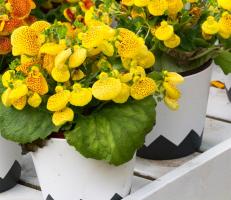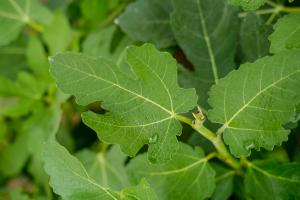1、 Curing method
1. Temperature: the fairy grows well in a warm place. Specifically, 16 to 27 degrees is better. However, due to different seasons, the most suitable temperature is also different. From March to September, preferably 22 to 27 degrees. In other periods, it can be between 16 and 22 degrees. In winter, don't lower than 15 degrees

2. Light: the fairy doesn't require too much sunshine. Its leaves will be burned under very strong light. Generally speaking, semi Yin is the most suitable for it. However, there is no shade in winter

3. Watering: watering can be adjusted according to different seasons. Because it grows fastest from April to September, it needs to replenish water in time. Especially in summer, water shortage can easily lead to dry leaves. In other seasons, try to keep it dry

4. Fertilization is required from September to April. But not too much, usually once or twice a month. Liquid fertilizer can be used, and the concentration needs to be strictly controlled

2、 Breeding skills
1. Reproduction: a common way is ramet. It is necessary to select a strong and larger plant as the mother plant. Then it is to take off the pot, and then divide the plant into three parts, which is more appropriate. After sorting, prepare appropriate flowerpots and soil respectively and plant them. Pay attention not to damage its roots, especially the taproot

2. Change basin: once a year is more appropriate. It can be carried out in spring and autumn. When selecting soil, the main consideration is whether the drainage, air permeability and nutrients are sufficient. Specifically, the mixture of garden soil, rotten leaf soil and river sand can be used as the matrix. When changing pots, the root system can also be repaired by the way

3、 Problem diagnosis and treatment
1. Disease: there is "gray mold", which needs to be controlled at the early stage of the disease, and tobuzin is best used for control. There will also be "stem rot", which can be controlled with the same medicine

2. Insect pests: the main one is "aphids". They will also spread some other diseases. Omethoate should be sprayed in time

4、 Other issues
1. Toxicity: the fairy is non-toxic, and it also has a strong purification function

2. Whether it can be raised at home: Yes, it is very suitable to put it at home as a potted plant. Not only can the leaves be seen, but also can be purified


 how many times do yo...
how many times do yo... how many planted tre...
how many planted tre... how many pine trees ...
how many pine trees ... how many pecan trees...
how many pecan trees... how many plants comp...
how many plants comp... how many plants can ...
how many plants can ... how many plants and ...
how many plants and ... how many pepper plan...
how many pepper plan...
































